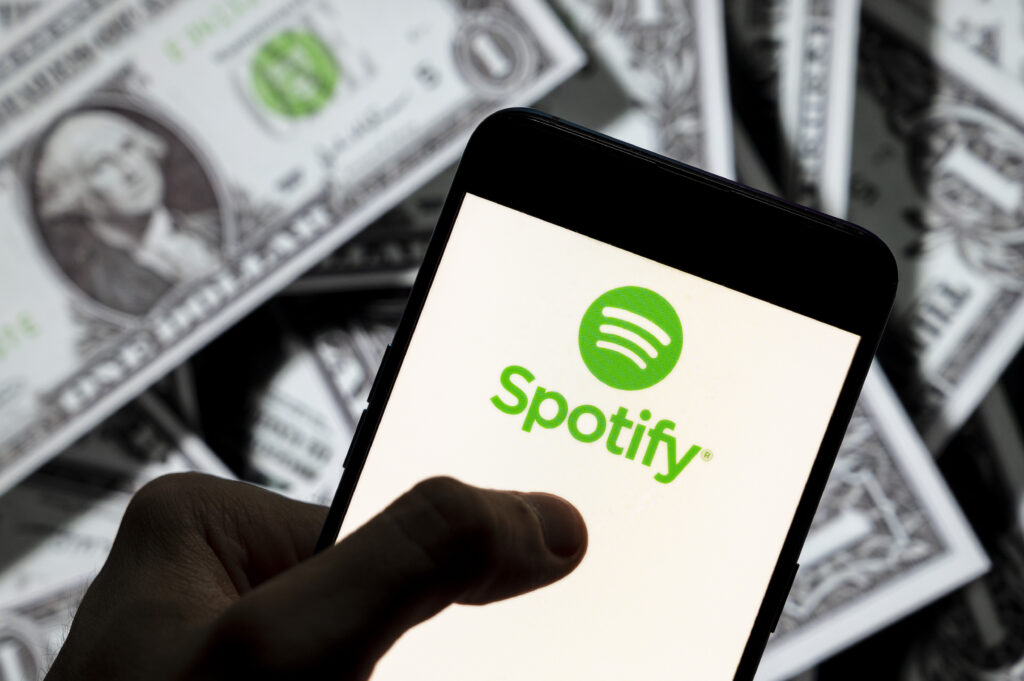Kristin Graziani is the president of music distribution platform Stem. In this guest column, she argues that Spotify’s new royalty model is likely to benefit artists.
The news broke last week that Spotify is preparing to make the most significant changes to their royalty model in the company’s 15-year history. This is the music industry, so everyone already has a lot to say. Some members of the media have speculated that the average independent artist will lose out on royalties from the streaming giant, and certain distributors have claimed Spotify is out to help “the rich get richer.” But after doing some analysis on what Spotify has actually communicated to distributors, we can say that in reality, these changes are intended to benefit emerging and growing artists.
The outcry from fans and artists is understandable: You need experience with the complexities of royalty payments to see why these changes will benefit artists. The outcry from other distributors, however, feels like it comes in bad faith – let’s talk about why.
The industry has been asking streaming services to increase payouts for years. Every artist—and many fans—can point to the fractions of a penny earned for each stream. To date, Spotify’s response has mostly been to provide contextualizing data. They say that artists earn a pro-rata share of the royalty pool so there is no per-stream rate. The number of artists releasing tracks on Spotify every day is so large that they need an entire website to describe it. The conversation on increasing payouts is far from over, but right now Spotify is starting to take steps in the right direction.
As president of a distributor collecting royalties on behalf of artists, I understand more than most how complicated it is to pay artists what they deserve. Over the past eight years, Stem has become known for showing artists exactly what they’ve earned, paying them on time, and advocating for much larger industry changes. This conversation is not new to us; we care so deeply because we’ve developed successful partnerships with artists at all stages of their career. An artist like Justine Skye came to us with a dedicated fanbases, and we enabled her to grow her businesses outside of the major label system. And we helped artists like bbno$ build from the ground up. Our goal is and always will be to get more money into the hands of artists.
Spotify’s changes can help us deliver on that goal. These new policies acknowledge the simple truth that improving outcomes for artists goes beyond demanding bigger payouts from the DSPs. There are plenty of problems in this industry preventing money that’s already in the system from reaching artists. In addition to increasing payouts, we must plug these holes or else the same bad actors will continue to profit at the expense of artists who are none the wiser. Let’s take a look at what Spotify is trying to accomplish today.

